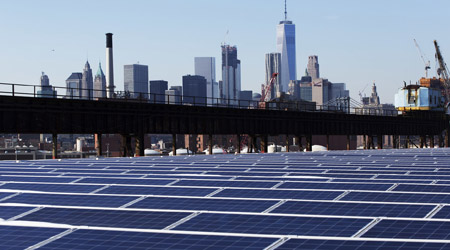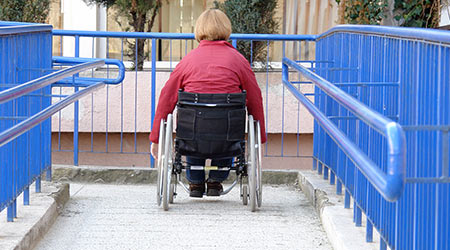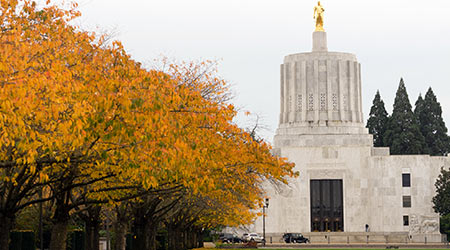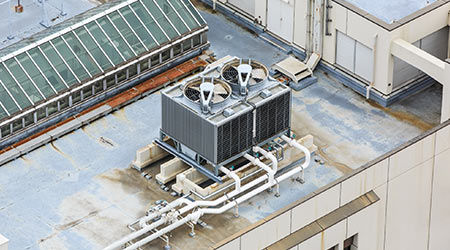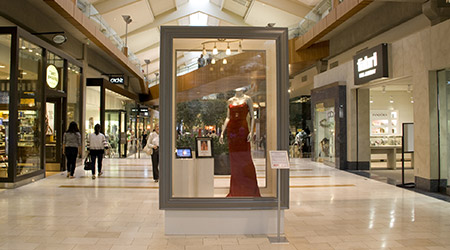
Protect Retail Sales With Reliable HVAC
November 30, 2017
A single retailer spends nearly $20 million annually on energy expenses, making the decision to repair or replace an HVAC system critical to an organization’s bottom line. HVAC systems are one of the largest sources of energy consumption for the more than 657,000 retail buildings in the United States. According to data from the Environmental Protection Agency’s Energy Star program, heating and cooling systems make up approximately 38 percent of a building’s energy usage, and retail companies spend more than $20 billion on energy annually. By replacing air-conditioning equipment that has been in operation for 10 years, retailers can save 20 to 50 percent on energy and maintenance costs.
Many businesses rarely think about heating, cooling, and refrigeration systems until something goes wrong — less than 50 percent of companies have preventative maintenance (PM) programs in place to try and avoid unexpected downtime. Aging HVAC equipment runs inefficiently and can break down at the most inopportune time, forcing unbudgeted replacements and expensive repairs.
Not only do unexpected heating and air-conditioning breakdowns result in unexpected expenditures, the human element is also pricey: unhappy employees impact service and uncomfortable customers lead to potential loss in overall sales.
Facing the age-old question “repair or replace?” is a common dilemma. Luckily, there is a proven methodology to solving it. By taking a proactive approach to replace old, underperforming equipment with new, energy-efficient HVAC equipment, retailers can maximize savings, minimize hassles, and keep the cash register ringing.
While a repair may cost less at the time, a replacement spend will have greater savings in the long run. When retailers are considering whether they should repair or replace an aging HVAC system, there’s a formula to help calculate current HVAC systems costs:
- Calculate time spent on maintenance: When calculating the cost of repairs versus replacement, consider the history of the asset. This history should include its years in operation, its preventative maintenance history, and its spend for on-demand service over the last two to three years. Based on data, we find that a unit that has been in operation for one to five years will cost $100/year on maintenance. However, once the equipment has been in operation for 15 years or longer, that figure triples to roughly $333 per year.
- Consider the hours/money spent on emergency repair: As mentioned earlier, equipment failures always seem to happen at the most inopportune time — whether that’s when it’s extremely hot out, at the end of the day, or on a holiday or weekend. These aren’t only inconvenient for the customer, but also the service provider and suppliers. These emergencies lead to delays in service and higher hourly rates. Depending on the age of your equipment, this could also lead to hard-to-find parts with excessive lead times.
- Revisit energy bills: Older equipment operates at a much lower efficiency than that of new equipment. Even the best-maintained HVAC equipment that has been in operation for more than 15 years will continue to lose efficiency and will never be as efficient as newer technology emerges. To quantify how much money is being spent on energy for equipment, you can calculate kWh usage of your equipment and multiply it by your utility cost per kWh. To give an example of what this impact might look like, consider that by implementing an energy efficient HVAC replacement strategy, supermarkets could have a 21 percent energy savings potential, while retailers could have a 41 percent energy savings potential.
- Understand the environmental impact: The R22 refrigerant is no longer in production after 2020, and with reserves lowering, costs are skyrocketing.
Once you’ve calculated the cost of keeping aged equipment in operation, the next important step is determining what assets to replace and in what locations. Start with an accurate asset list to determine the age of all equipment across a portfolio of locations and identify any equipment that has been in operation for at least 15 years. Review the preventative maintenance history for the aging assets and ask yourself the following questions: Has the PM program been effective? What was the scope of work? It’s important to review the maintenance spend history over the last two to three years for repair work, as it will let you know if you are investing in asset with diminishing or no returns. Finally, you’ll want to determine the RTU energy costs, regardless of age, to determine how much energy is being utilized and how much can be saved.
At the end of the day, taking control of your HVAC replacement strategy means saving your company money. Using these four tips to calculate your current HVAC systems costs will help you avoid one-off repairs for unexpected replacements and help to create a strategy to proactively replace units that are draining funds, time and customer satisfaction.
Greg Elliott is the director of HVAC trade services and EMS monitoring services at FacilitySource.
This Quick Read was submitted by Naomi Millán, senior editor, Building Operating Management. To get a better understanding on rooftop HVAC units, go to https://www.facilitiesnet.com/15950bom
Next
Read next on FacilitiesNet









